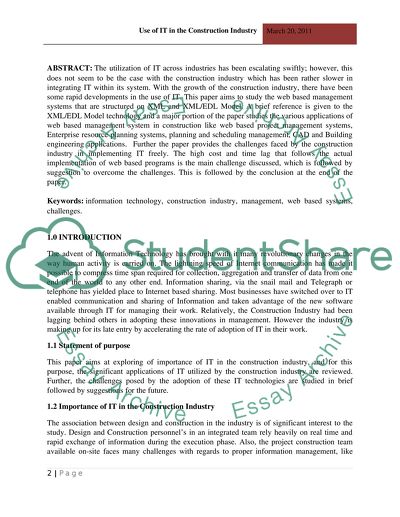Cite this document
(“Use of IT in the Construction Industry Research Paper”, n.d.)
Retrieved from https://studentshare.org/information-technology/1410695-use-of-it-in-the-construction-industry
Retrieved from https://studentshare.org/information-technology/1410695-use-of-it-in-the-construction-industry
(Use of IT in the Construction Industry Research Paper)
https://studentshare.org/information-technology/1410695-use-of-it-in-the-construction-industry.
https://studentshare.org/information-technology/1410695-use-of-it-in-the-construction-industry.
“Use of IT in the Construction Industry Research Paper”, n.d. https://studentshare.org/information-technology/1410695-use-of-it-in-the-construction-industry.


